In this training, you will learn the basics of the Internet of Things. In this part, you will learn how to use an open-source Internet of Things platform.
Control Raspberry Pi GPIO from ThingsBoard
import paho.mqtt.client as mqtt
import RPi.GPIO as GPIO
import json
THINGSBOARD_HOST = 'demo.thingsboard.io'
ACCESS_TOKEN = 'the_access_token_of_your_device'
# We assume that all GPIOs are LOW
gpio_state = {7: False, 11: False, 12: False, 13: False, 15: False, 16: False, 18: False, 22: False, 29: False,
31: False, 32: False, 33: False, 35: False, 36: False, 37: False, 38: False, 40: False}
# The callback for when the client receives a CONNACK response from the server.
def on_connect(client, userdata, rc, *extra_params):
print('Connected with result code ' + str(rc))
# Subscribing to receive RPC requests
client.subscribe('v1/devices/me/rpc/request/+')
# Sending current GPIO status
client.publish('v1/devices/me/attributes', get_gpio_status(), 1)
# The callback for when a PUBLISH message is received from the server.
def on_message(client, userdata, msg):
print ('Topic: ' + msg.topic + '\nMessage: ' + str(msg.payload))
# Decode JSON request
data = json.loads(msg.payload)
# Check request method
if data['method'] == 'getGpioStatus':
# Reply with GPIO status
client.publish(msg.topic.replace('request', 'response'), get_gpio_status(), 1)
elif data['method'] == 'setGpioStatus':
# Update GPIO status and reply
set_gpio_status(data['params']['pin'], data['params']['enabled'])
client.publish(msg.topic.replace('request', 'response'), get_gpio_status(), 1)
client.publish('v1/devices/me/attributes', get_gpio_status(), 1)
def get_gpio_status():
# Encode GPIOs state to json
return json.dumps(gpio_state)
def set_gpio_status(pin, status):
# Output GPIOs state
GPIO.output(pin, GPIO.HIGH if status else GPIO.LOW)
# Update GPIOs state
gpio_state[pin] = status
# Using board GPIO layout
GPIO.setmode(GPIO.BOARD)
for pin in gpio_state:
# Set output mode for all GPIO pins
GPIO.setup(pin, GPIO.OUT)
client = mqtt.Client()
# Register connect callback
client.on_connect = on_connect
# Registed publish message callback
client.on_message = on_message
# Set access token
client.username_pw_set(ACCESS_TOKEN)
# Connect to ThingsBoard using default MQTT port and 60 seconds keepalive interval
client.connect(THINGSBOARD_HOST, 1883, 60)
try:
client.loop_forever()
except KeyboardInterrupt:
GPIO.cleanup()

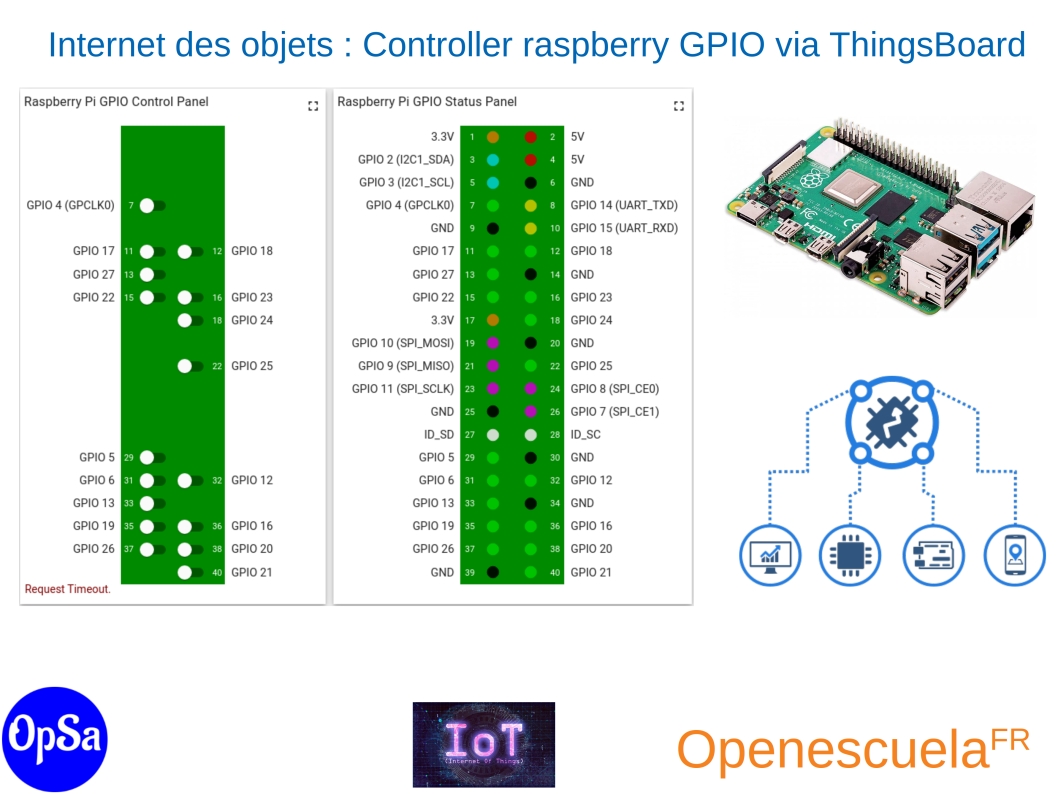



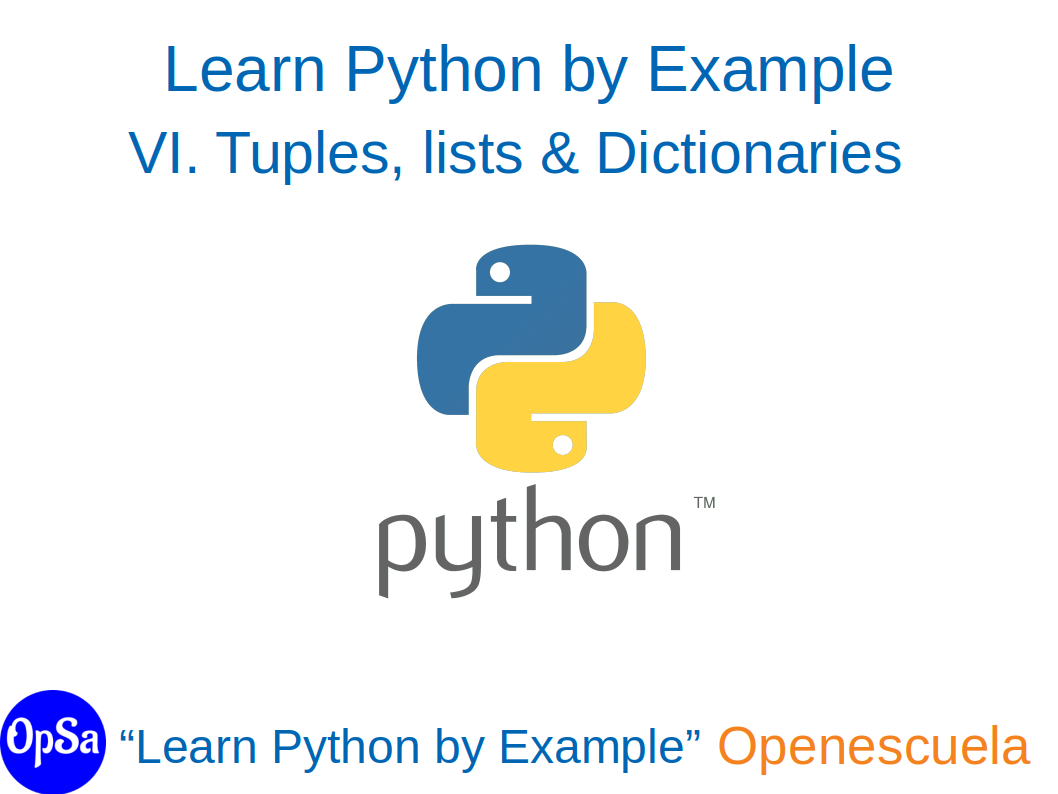


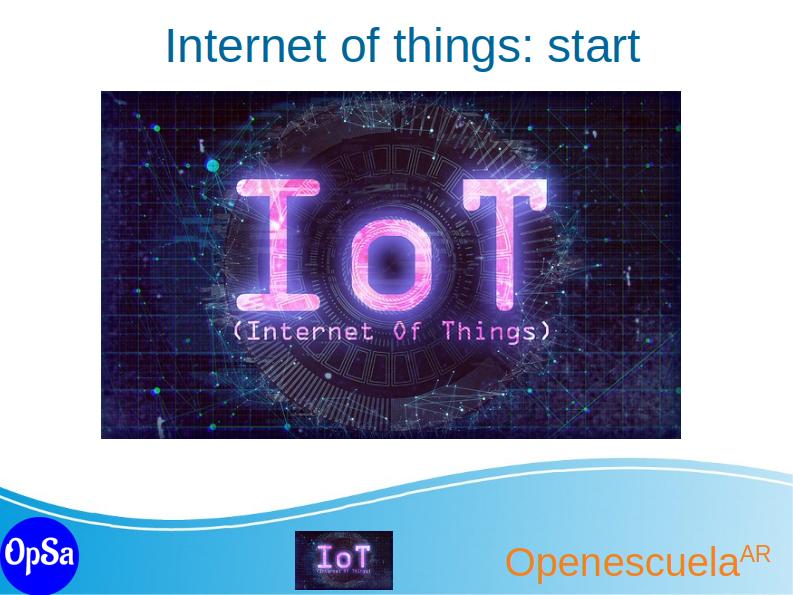
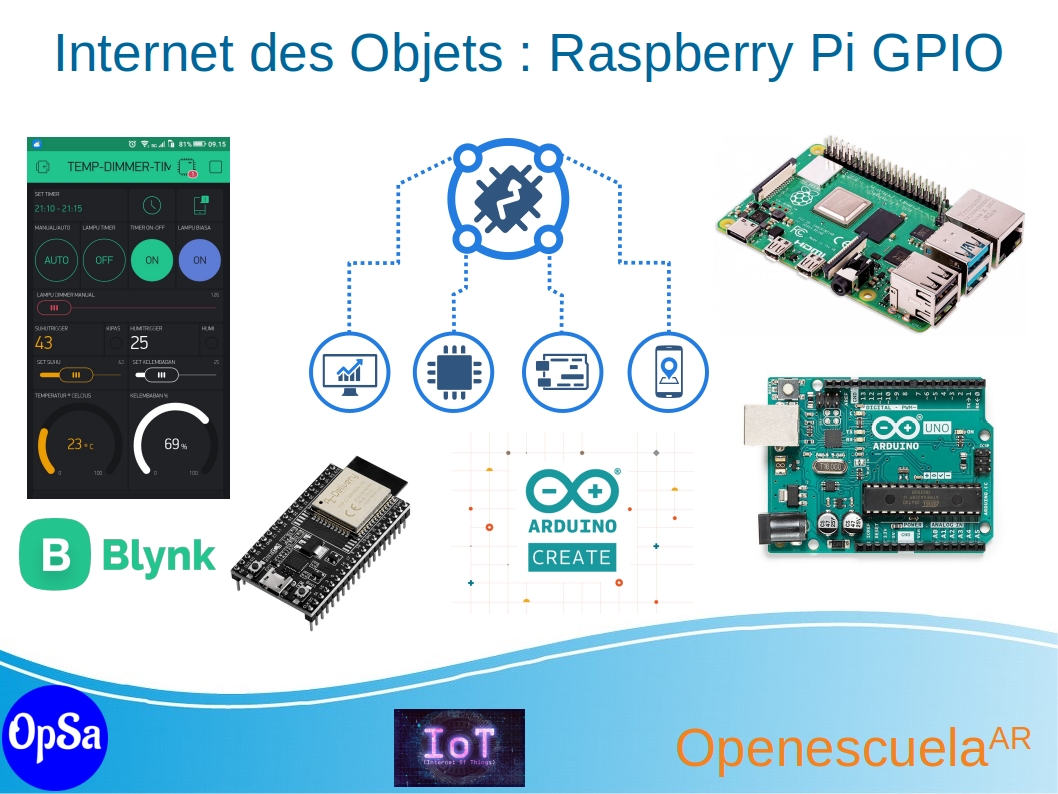
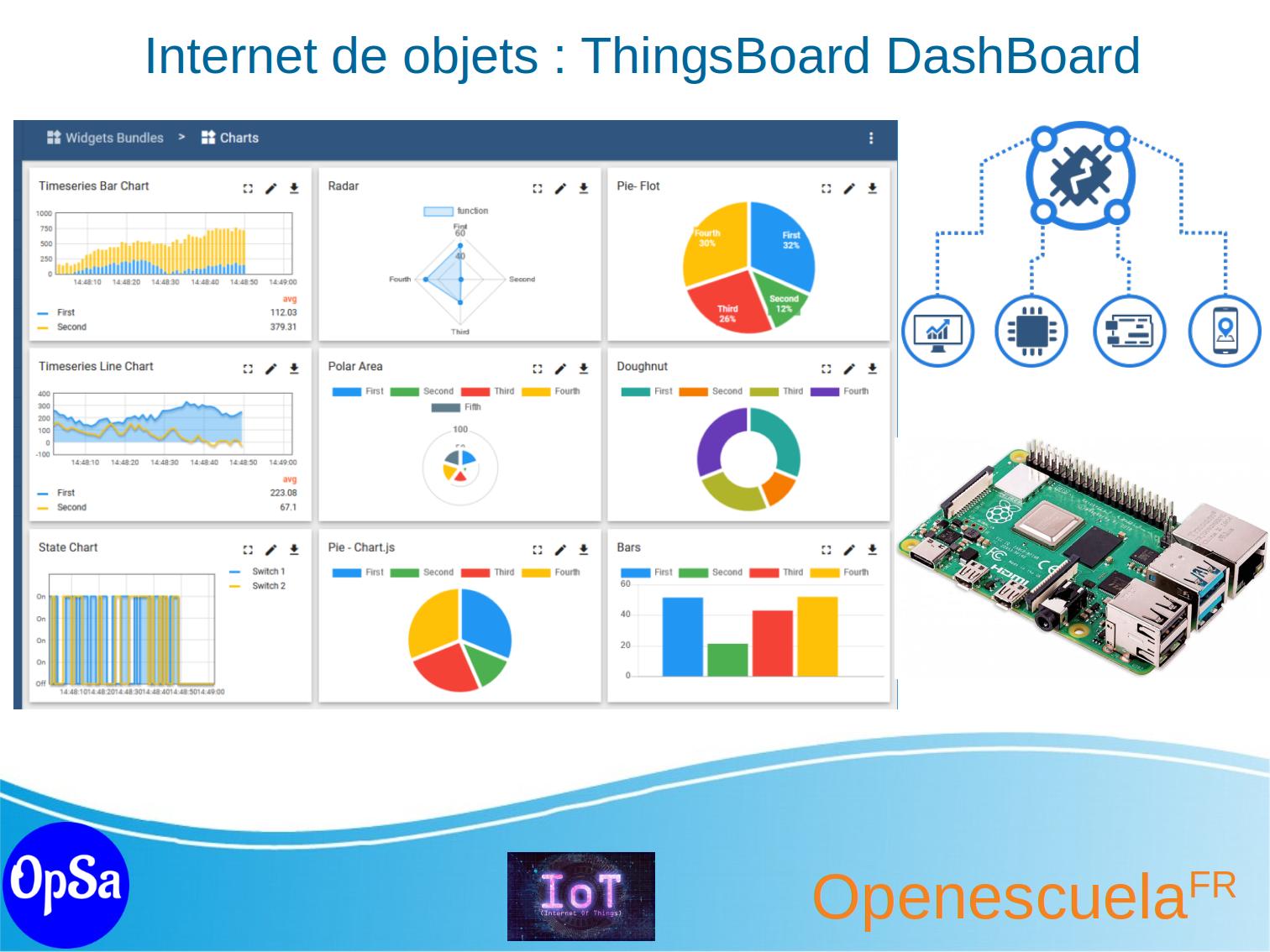
0 comment